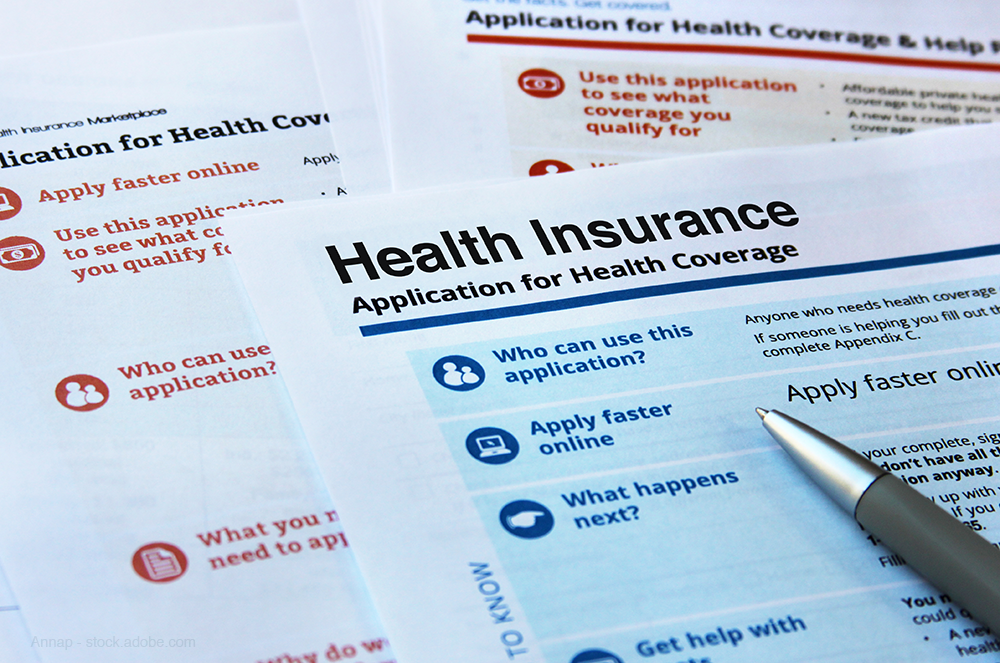The Most Important Employee Benefit
The highest expense for many U.S. households makes this top of mind for employees.

Benefits are important to prospective employees. But what perk is the most important? Paid time off? A flexible schedule? Retirement benefits?
None of the above.
Healthcare coverage is the most important employee benefit, according to a new report.
According to Lively's Wellness & Wealth Report, healthcare coverage is, by far, the most important benefit to U.S. adults when it comes to choosing or staying with an employer. For 37% of respondents, it is the most important benefit (more than any other benefit tested) and the majority of adults (76%) give it a top 3 ranking among benefits (again, more than any other benefit). Competitive salary and 401(k) follow.
“Healthcare costs are the highest expense for many U.S. households, making them top of mind for employees,” says Shobin Uralil, COO and co-founder of Lively, a company creating modern Health Savings Accounts (HSA), located in San Francisco. “This, coupled with the fact that healthcare is a top priority for employees when choosing a job, gives employers the unique opportunity to provide more resources and more favorable health benefits in order to attract top talent. As employers and healthcare executives, there is a lot to be done to help build knowledge about healthcare, financial preparation, and tools to build wealth.”
Other key findings include:
- Employees have a mixed understanding of their employer benefits, and understanding decreases with younger generations. While 30% of those do not have health benefits through an employer, 62% of respondents say they completely or somewhat understand those benefits.
- Physical and financial health are often at odds for American families. Studies show that going to the doctor regularly and preventatively is more effective for long-term health and well-being, yet only 54% of adults report that they do this. Almost half of Americans only see a doctor if they are sick or something catastrophic happens-such as a broken bone.
Related: Success in Lower-Cost, Higher-Quality Healthcare
- Medical and healthcare costs come as a surprise to a large portion of employees. Three in four Americans are surprised by how high their medical bills are when they receive them. This is especially true among aged 18- to 24-year-olds, with 83% agreeing that they are surprised by the high cost of their medical bills.
- One in three employees are unsure how much of their paycheck goes to healthcare costs (including health insurance and out-of-pocket costs). The largest group (43%) of adults say 1% to 20% of their paycheck goes to healthcare costs. Nearly one in five pays between 21% to 40% of their paycheck on healthcare costs.
“Individuals and families across America are feeling the impact of rising medical costs,” Uralil says. “From choosing a health insurance plan, to postponing a doctor’s visit or foregoing a recommended medical treatment, adults are making tough financial decisions that directly impact their physical health.”
These costs are projected to rise over the next decade, according to Uralil, with national health spending growing at an average rate of 5.5% per year from 2018 to 2027 and to reach nearly $6.0 trillion by 2027,” according to CMS.
Lively conducted the survey of 1,000 randomly selected U.S. adults (ages 18 and older) from June 5-6, 2019 to gauge physical and financial health decisions. Respondents were asked 10 questions about their personal finances as they pertain to healthcare, health practices, ability to pay for health-related expenses, and insurance coverage. The survey was commissioned by Lively and executed by CITE Research, and is part one of a series of findings about employee wellness and wealth. Part two of the results will be released later this year.
Doug Chaet of Value Evolutions Discusses Value-based Payment Models, Where They Stand and More
September 29th 2022In this episode of Tuning In to the C-Suite, Managing Editor of Managed Healthcare Executive, Peter Wehrwein, speaks with President of Value Evolutions and MHE Editorial Advisory Board Member, Doug Chaet, FACHE, about value-based care's current standing, the status of select payment models like bundled and episodic, and more.
Listen
We conducted our annual State of the Industry survey in the early part of November 2023. The survey had 432 respondents, of whom 56% self-reported working for a payer organization (pharmacy benefit manager, insurer or self-insured employer), 34% for a provider organization and the remainder for government or an unspecified “other” category.
Read More
Parity for Mental Health — Any Progress?
October 12th 2023Laws since 1996 have sought to assure that coverage of behavioral health treatments does not take a back seat to physical medicine. Amid a national crisis in mental illness and addiction, that new world of equality has not arrived. But is it on the way?
Read More